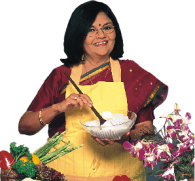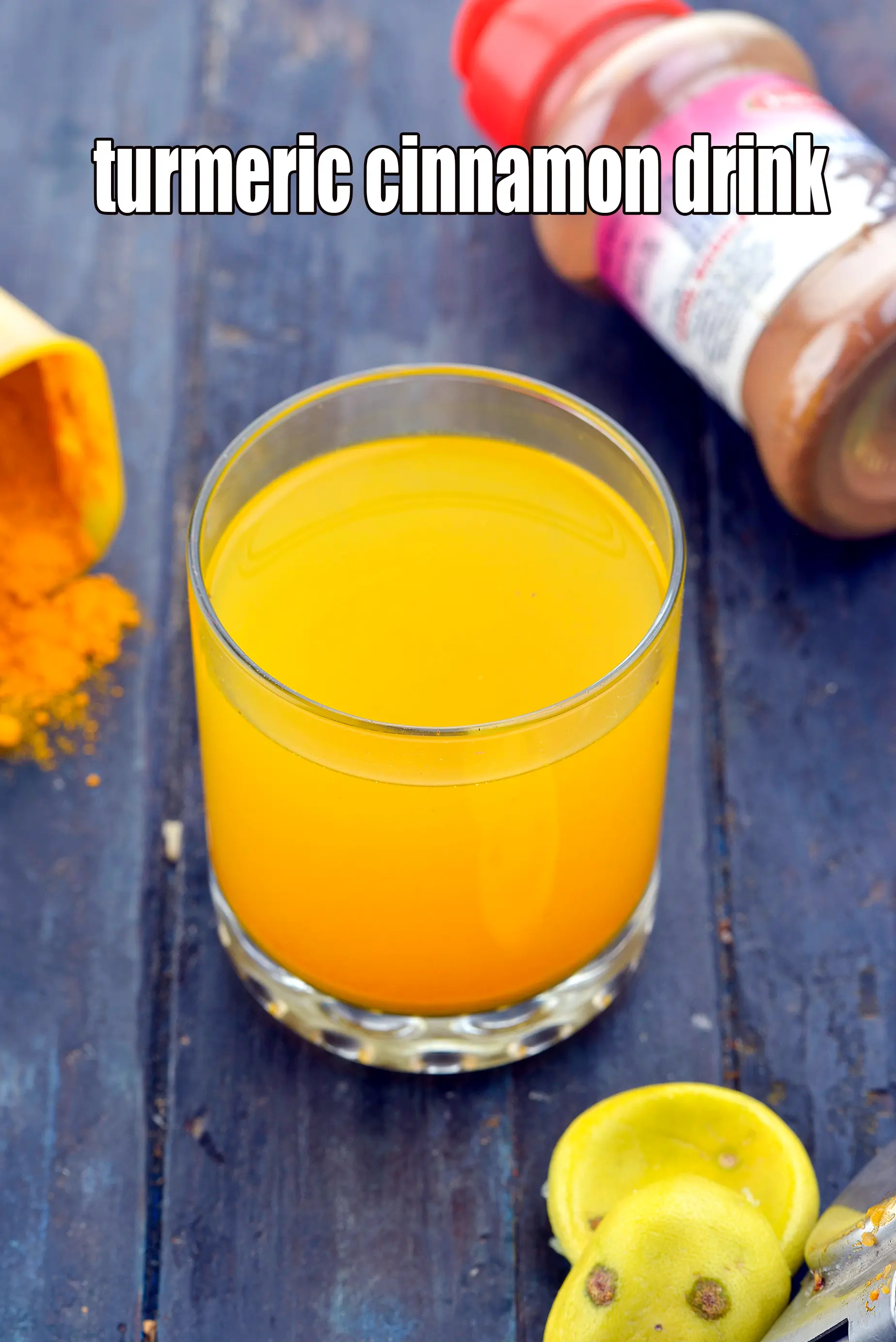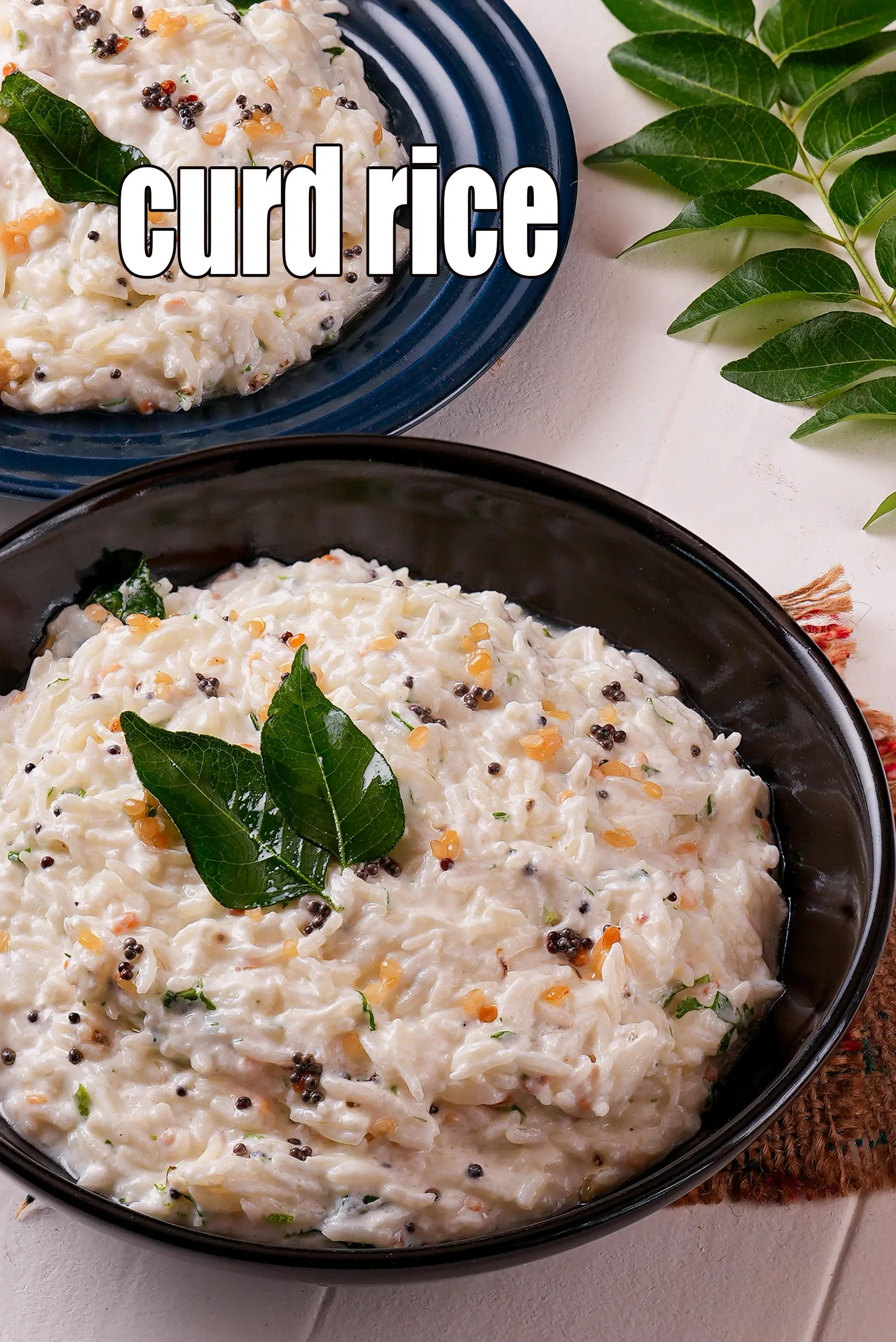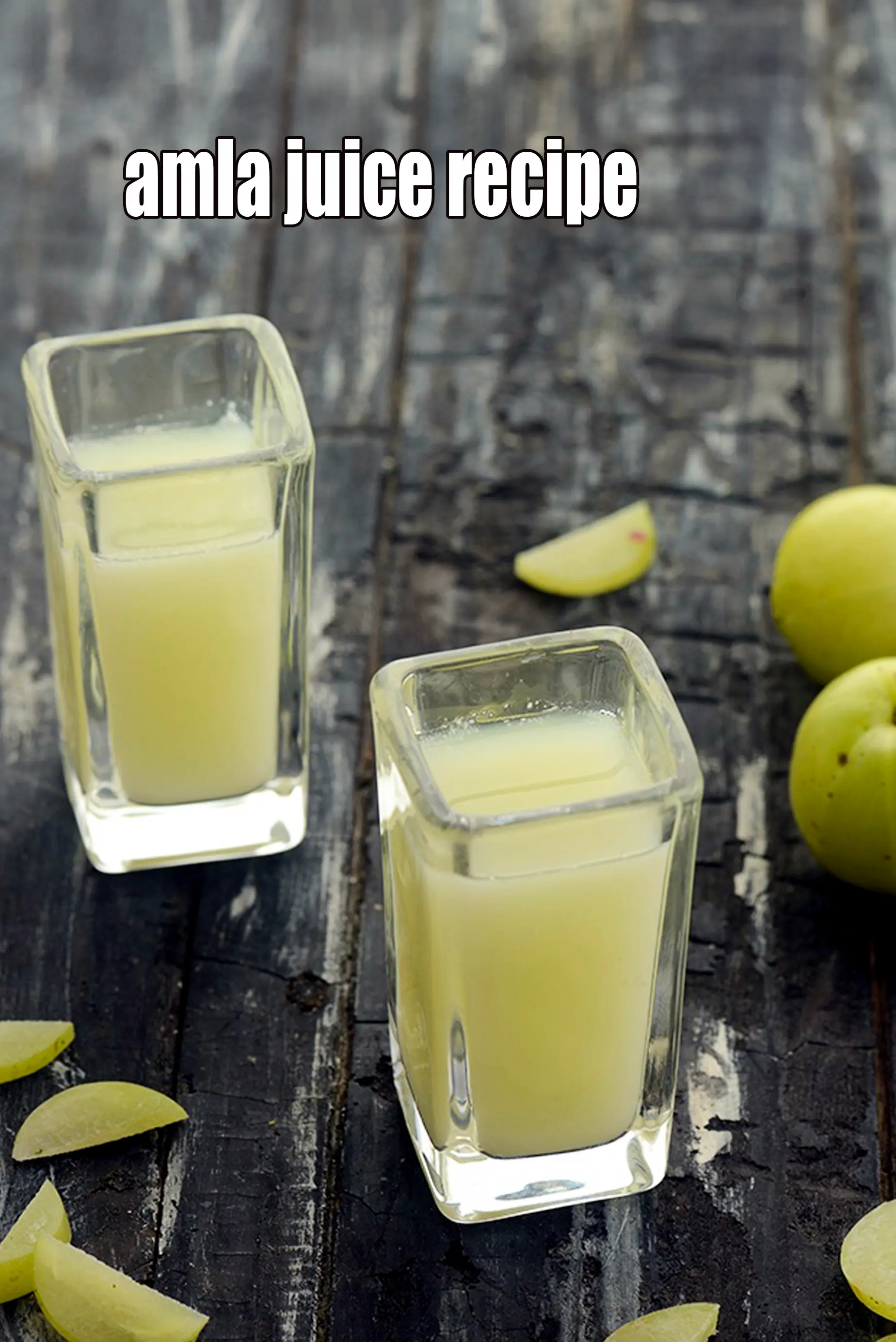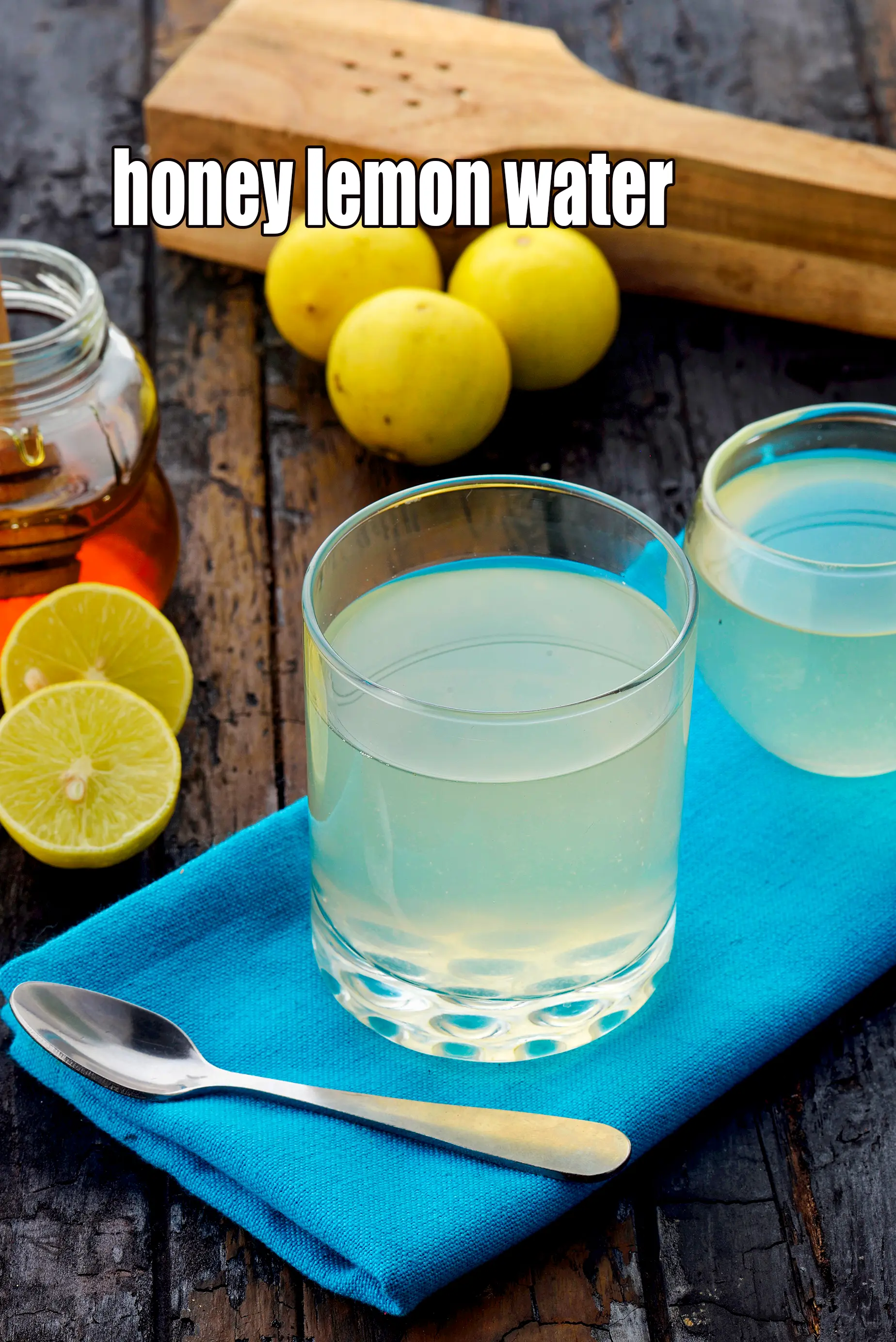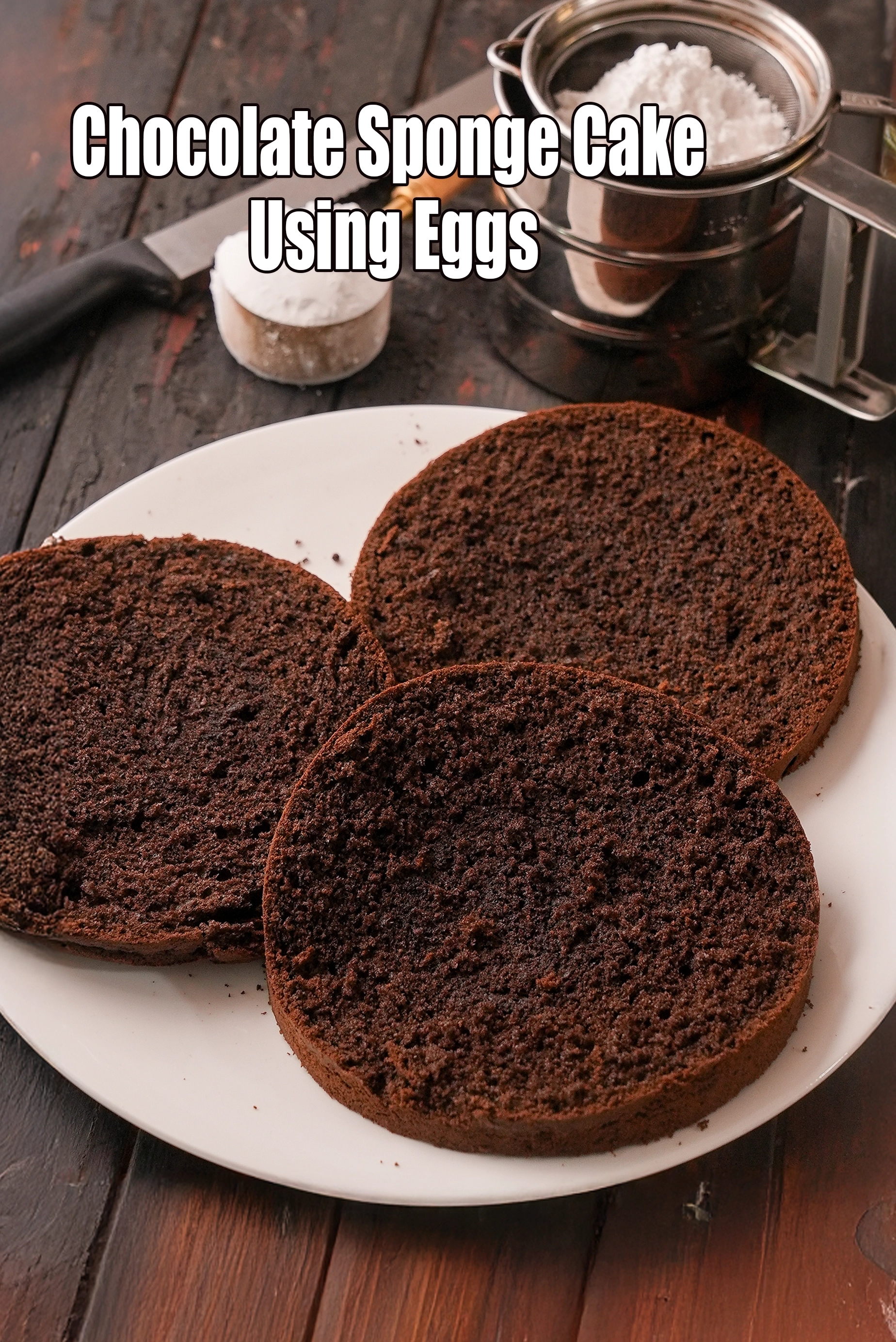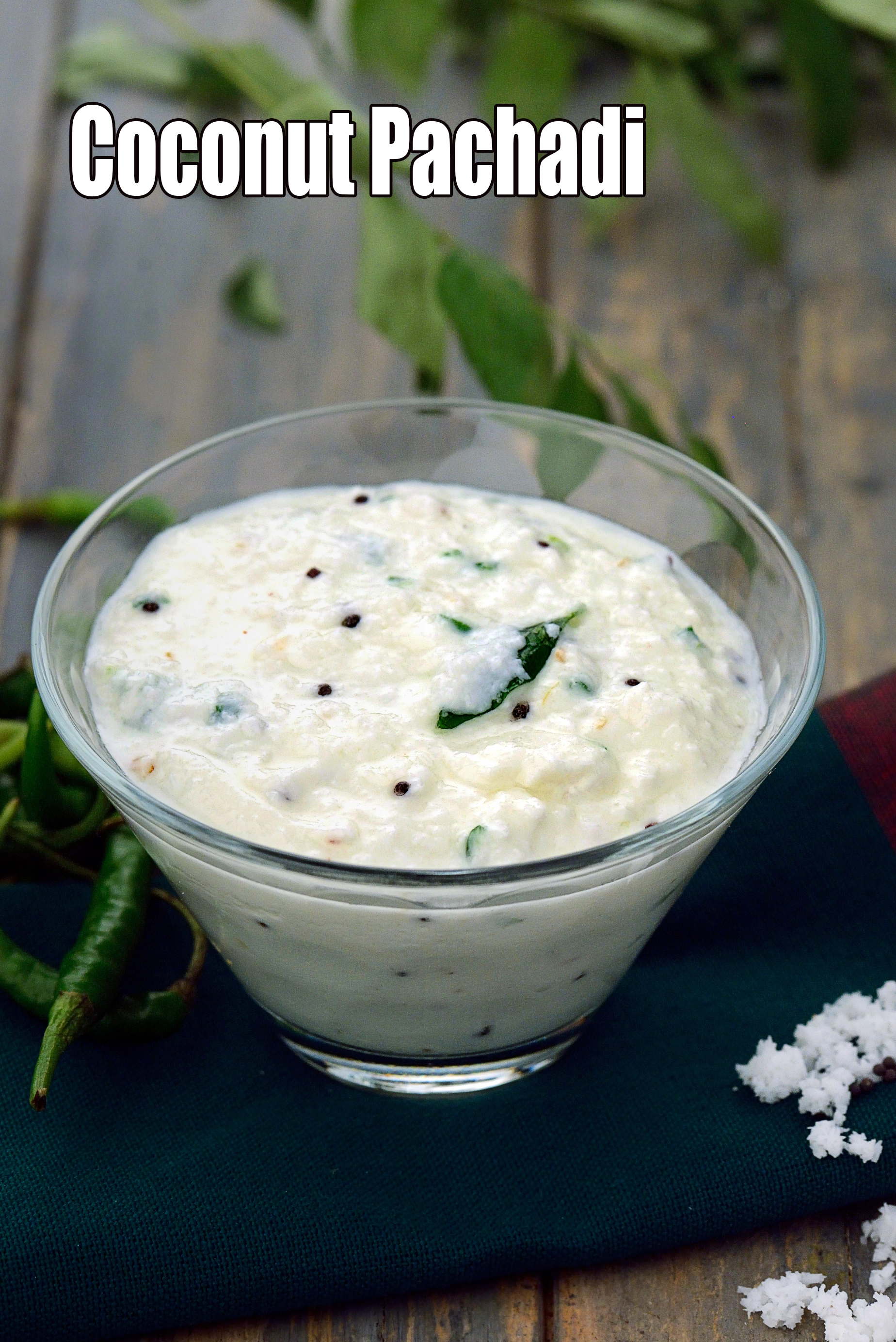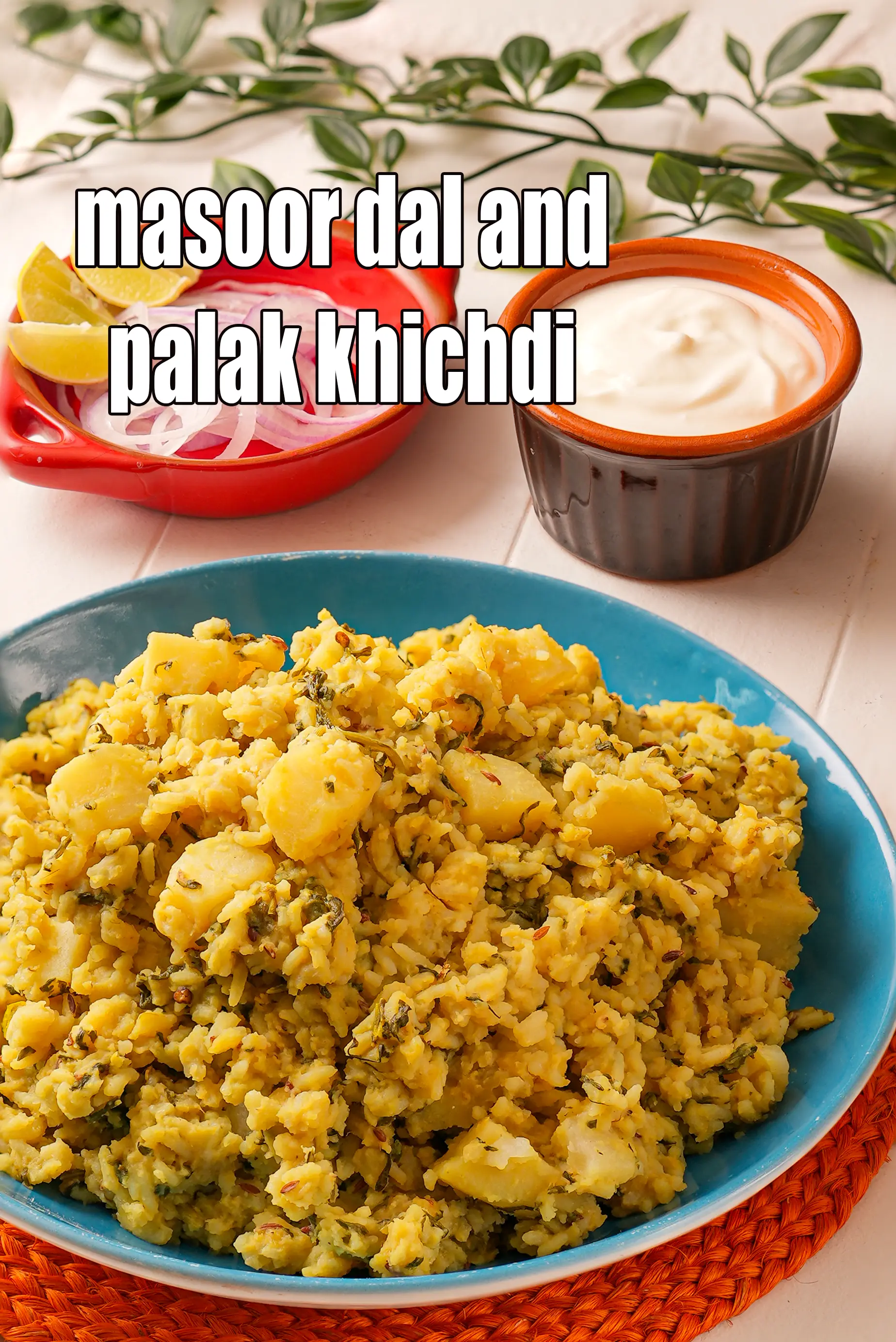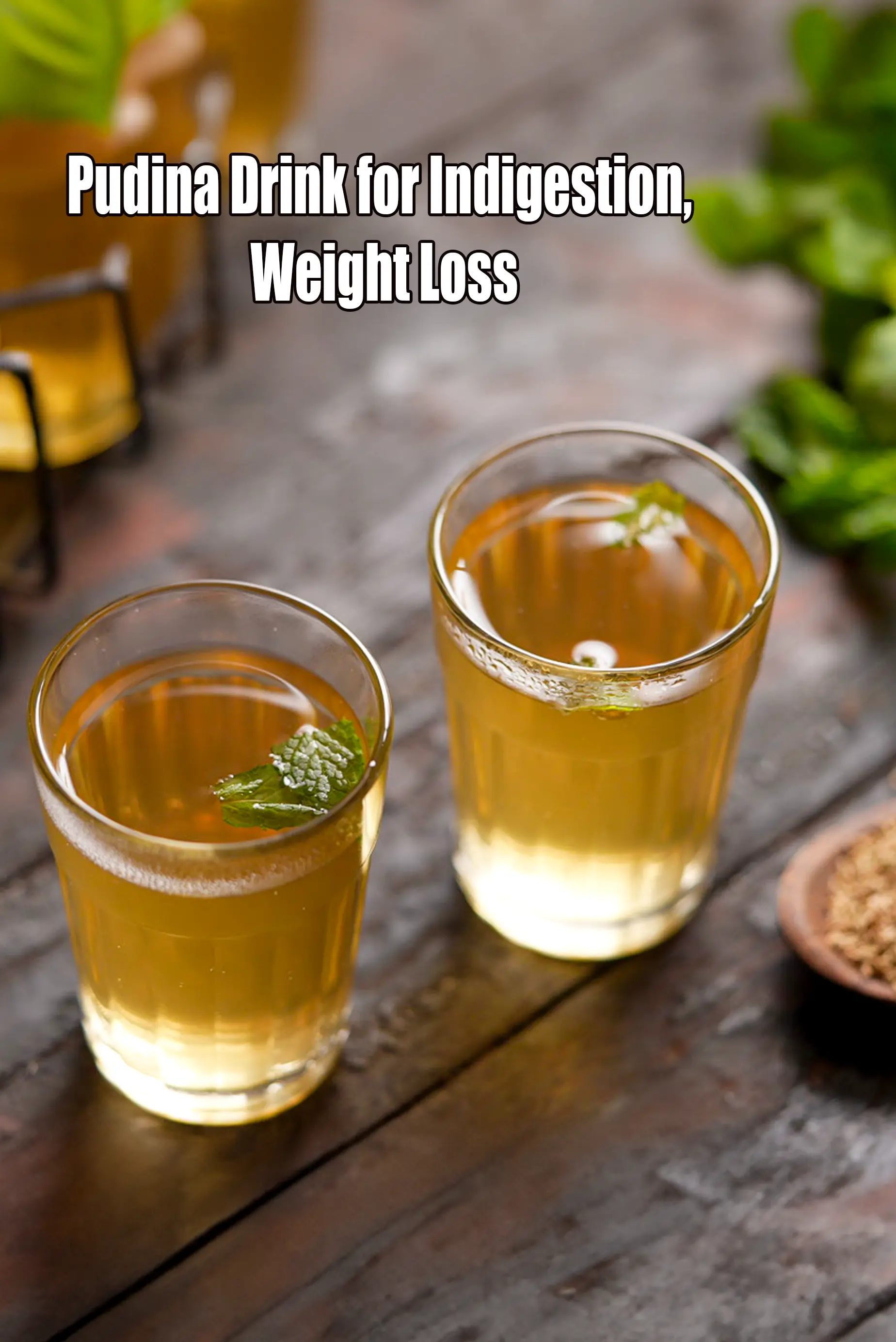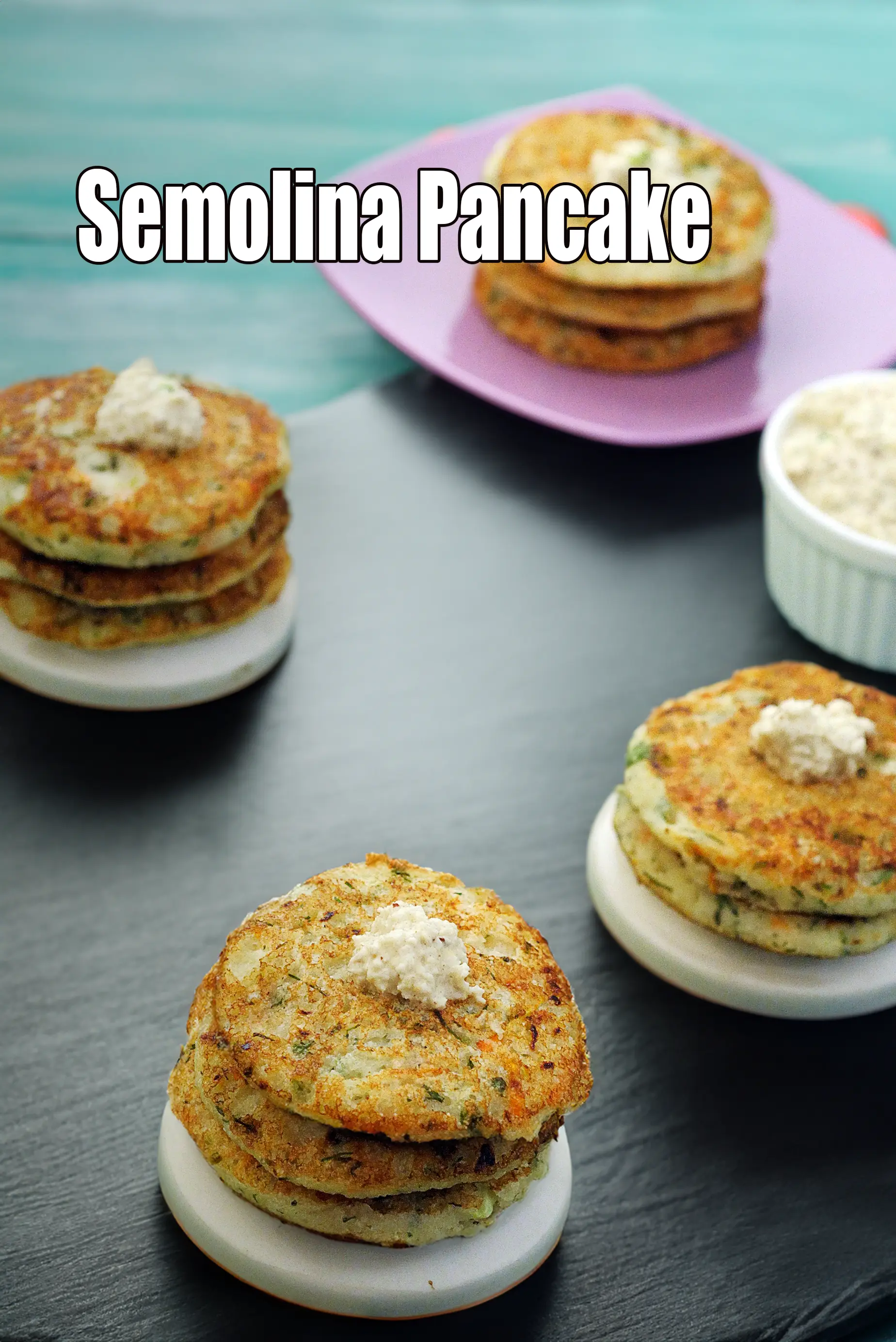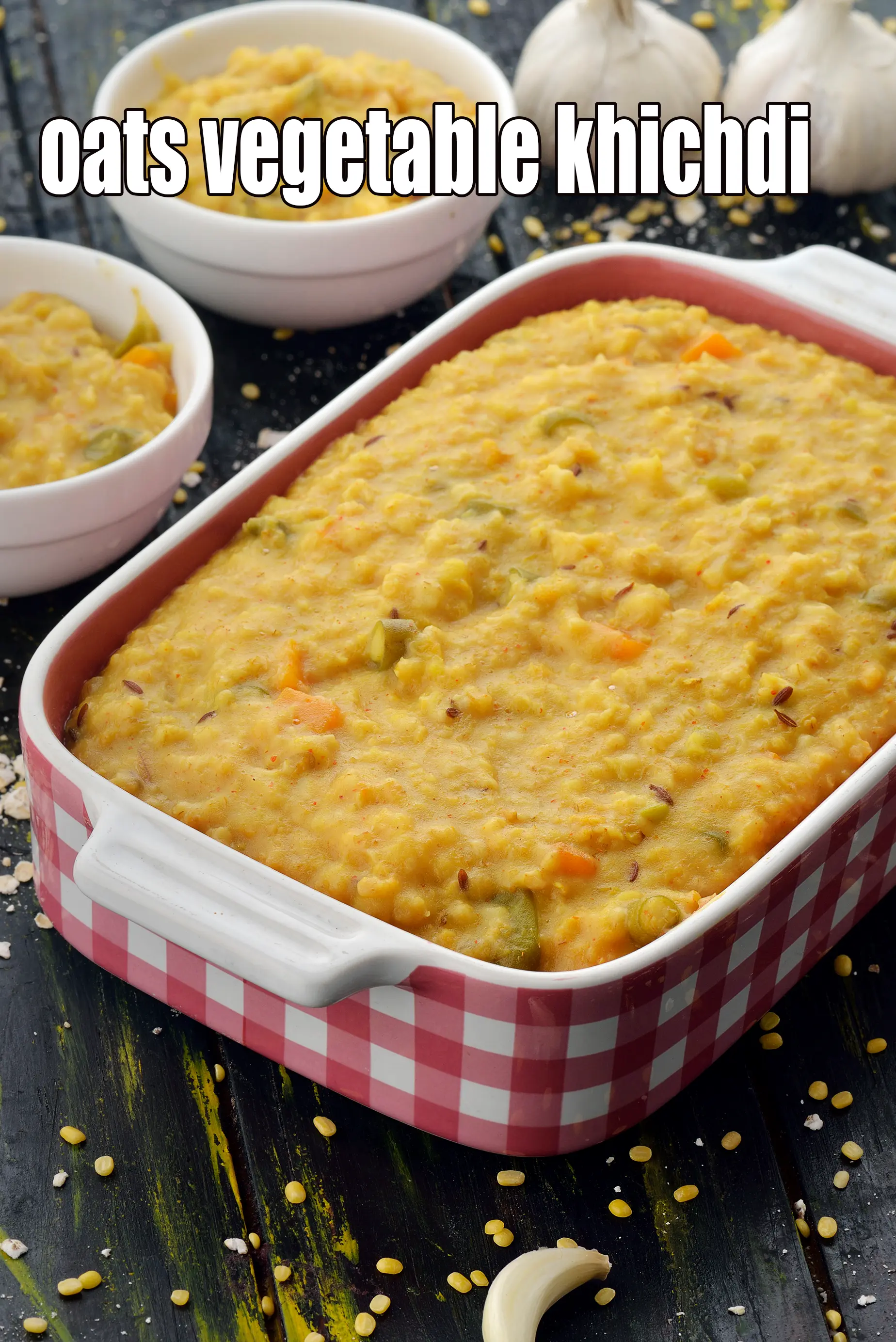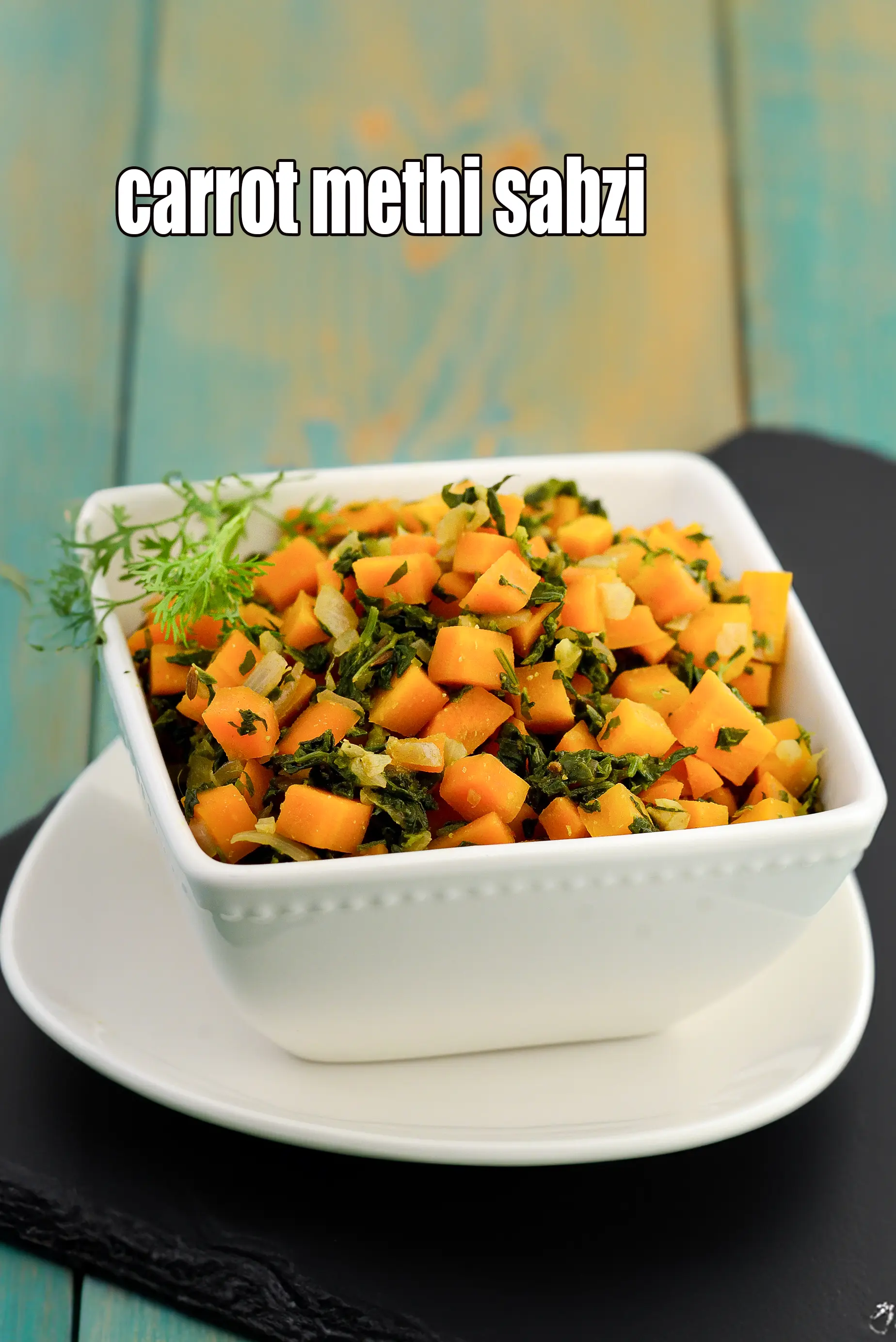Nutritional Facts of Dalimbi Usal, Val Usal, Maharashtrian Vaal, Calories in Dalimbi Usal, Val Usal, Maharashtrian Vaal
This calorie page has been viewed 11334 times
Healthy Indian Recipes
Course
How many calories does one serving of Dalimbi Usal have?
One serving (125 grams) of Dalimbi Usal gives 227 calories. Out of which carbohydrates comprise 127 calories, proteins account for 45 calories and remaining calories come from fat which is 62 calories. One serving of Dalimbi Usal provides about 11.3 percent of the total daily calorie requirement of a standard adult diet of 2,000 calories.
Dalimbi Usal recipe serves 4, 125 grams per serving.
227 calories for 1 serving of Dalimbi Usal, Val Usal, Maharashtrian Vaal, Cholesterol 0 mg, Carbohydrates 31.7g, Protein 11.3g, Fat 6.8g. Find how much fibre, iron, calcium, zinc, magnesium, phosphorus, sodium, potassium, folic acid is present in Dalimbi Usal, Val Usal, Maharashtrian Vaal..
See dalimbi usal recipe | val usal | Maharashtrain usal | healthy usal | with 52 amazing images.
Here is a tongue-tickler Maharashtrain usal from the Marathi culinary files! Learn how to make dalimbi usal recipe | val usal | Maharashtrain usal | healthy usal. |
dalimbi usal, a traditional accompaniment to rice and rotis is made by cooking field beans with a traditional tempering, tangy kokum and everyday spices.
Jaggery creates a nice sweet and sour effect, while other ingredients like ginger, onions and coriander add their peppy touch to this Maharashtrian vaal preparation. You will notice that this dish uses a lot of coriander, and not just a sprinkling of it. This is essential to improve the aroma and flavour of the vaal usal.
Serve along with Chawal Bhakri, Methiche Varan, Dodkyacha Bhaat and Shrikhand for a lip smacking and delicious meal.
Tips to make dalimbi usal: 1. Serve Maharashtrian usal with jowar bhakri. 2. Serve vaal ki usal with rice. 3 .You can add chilli powder instead of Malvani masala. You can use store brought Malavani masala.
Is Dalimbi Usal healthy?
Yes, this is healthy. But conditions apply to some.
Lets understand the ingredients of val usal.
What's good in this val usal recipes!
Vaal, field beans, butter beans : Vaal is a storehouse of protein and fibre. The duo of these nutrients makes you feel full for longer, helping cut unnecessary food intake and weight gain. The fibre also aids digestion and maintains digestive health. Beans also appear to have a blood sugar normalizing effect, and may be of benefit to diabetics. The zinc in this dal acts as an antioxidant and helps to protect against cancer and fatigue. They also abound in vitamin B1 which has a role to play in nerve functioning. Upon sprouting, they vitamins and minerals increase manifold.
Onions (pyaz, kanda) : Raw onions are a very valuable source of vitamin C – the immune building vitamin. Along with other phytonutrients from onions, it helps to build WBC (white blood cells) which serves as a line of defence against illness. Yes, it’s a source of many antioxidants, the most important one amongst them being Quercetin. The quercetin in Onions promotes production of HDL (good cholesterol) and lowers total cholesterol in the body. The sulphur in onions act as a blood thinner and prevents blood clotting too. This in turn would lower blood pressure and good for heart, diabetics. Read the benefits of onions.
Coriander (kothmir, dhania) : Coriander is a fresh herb often used as a flavour enhancer in Indian cooking. It is mainly used as a garnish. This is the best way to use it - no cooking. This preserves its vitamin C content which helps to build our immunity and bring that sparkle to the skin. The antioxidants vitamin A, vitamin C and the quercetin present in coriander works towards strengthening our immune system. Coriander is a fairly good source of iron and folate – the 2 nutrient which help in the production and maintenance of red blood cells in our blood. Good for reducing cholesterol and good for diabetics. Read 9 benefits of coriander to understand details.
Tomatoes ( Cherry tomatoes, Yellow tomatoes ) : Tomatoes are extremely rich source of Lycopene. Tomatoes are a powerful antioxidant, super rich in Vitamin C, good for heart. Tomatoes are a Pregnant woman's friend and are rich in Folate or Folic Acid which helps your body to produce and maintain new cells, especially red blood cells. Read about 13 amazing benefits of tomatoes.
Coconut : The fresh coconut has saturated fats but most of it is MCT (Medium Chain Triglycerides) which promote weight loss. The high fibre content of 13.6 gm (45.3% of RDA) along with high lauric acid content of coconut improves cholesterol levels in the body. Improving the action of insulin secretion and lowering the raised blood sugar levels is yet another benefit of coconut for Diabetics. See here for 10 amazing benefits of coconut.
What's the problem ?
Refined Vegetable Oils : To some vegetable oil is only soyabean oil, while some promote it as a mix of oils like soyabean, canola, sunflower, corn and other omega-6 rich oils. These are often cheaper options than many oils, but they are highly processed oils. They are undoubtedly not to be reached out for, whether you are looking for salad dressings, sautéing or cooking. The development of prediabetes comes from uncontrolled eating sugar and refined food products made from refined vegetable oil for many years and the classic symptom is if you have excess belly fat. This leads to diabetes and further onwards to heart attack, high blood pressure, strokes, impotence and kidney damage.
Healthy Oils recommended to use in Indian
The healthiest oil for Indian cooking is coconut oil. Use Coconut oil instead of processed seed oils like soyabean oil, canola, sunflower oil, corn oil and other omega-6 rich oils should be used in very low amounts. Another good option is peanut oil. Peanut oil has the highest amount of MUFA (around 49%) amongst most Indian common cooking oils.
Pick olive oil which is loaded with MUFA. But its usage is restricted to salads, stir-fries, sabzis which can be cooked only on medium heat. For salads only use extra virgin olive oil. Avocado oil can be used in cooking, but it’s expensive. So what you can turn to for cooking is Coconut oil which is easily available in India.
Can diabetics, heart patients and overweight individuals have Dalimbi Usal ?
Yes, but cut the oil used in the recipe and replace with coconut oil. Vaal is a storehouse of protein and fibre. The duo of these nutrients makes you feel full for longer, helping cut unnecessary food intake and weight gain. The fibre also aids digestion and maintains digestive health. Beans also appear to have a blood sugar normalizing effect, and may be of benefit to diabetics.
What is the healthy accompaingment for Dalimbi Usal ?
We suggest a bajra roti, jowar roti, radish nachni roti recipe , basic ragi roti recipe, and whole wheat roti to make a healthy combination.
Bajra Roti
Dalimbi Usal is rich in below macronutrients, vitamins and minerals given in descending order (highest to lowest).
- Fiber : Dietary fiber reduce the risk of heart disease, prevent the spike in blood sugar levels and hence super for diabetics. Consume more fruits, vegetables, moong, oats, matki, whole grains. 38% of RDA.
- Phosphorus : Phosphorus works closely with calcium to build bones. 35% of RDA.
- Vitamin B1 (Thiamine) : Vitamin B1 protects nerves, helps in carbohydrate metabolism, prevents heart diseases and helps produce red blood cells. 30% of RDA.
- Magnesium : Magnesium is required for formation of bones and teeth. It helps in the metabolism of calcium and potassium. % of RDA. magnesium rich Indian foods like leafy vegetables (palak, broccoli, kale), pulses ( rajma, chawli, moong ), nuts (walnuts, almonds) , cereals ( jowar, bajra, whole wheat flour, dalia). 29% of RDA.
- Protein : Protein is required for the managing the wear and tear of all cells of the body. Have protein rich Indian foods like paneer, curd, Greek yoghurt, tofu, almonds, sprouts, chana, rajma, chick peas, quinoa, buckwheat ). 21% of RDA.
| Energy | 227 cal |
| Protein | 11.3 g |
| Carbohydrates | 31.7 g |
| Fiber | 9.4 g |
| Fat | 6.8 g |
| Cholesterol | 0 mg |
| Vitamin A | 310.9 mcg |
| Vitamin B1 | 0.3 mg |
| Vitamin B2 | 0.1 mg |
| Vitamin B3 | 1 mg |
| Vitamin C | 12.7 mg |
| Folic Acid | 14 mcg |
| Calcium | 50.6 mg |
| Iron | 1.7 mg |
| Magnesium | 101.5 mg |
| Phosphorus | 211.6 mg |
| Sodium | 14.6 mg |
| Potassium | 817.7 mg |
| Zinc | 1.3 mg |

Click here to view Dalimbi Usal, Val Usal, Maharashtrian Vaal
Calories in other related recipes
.webp)
